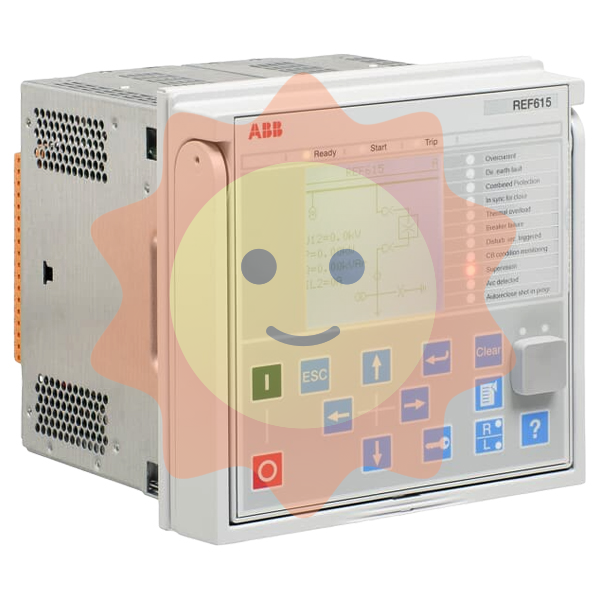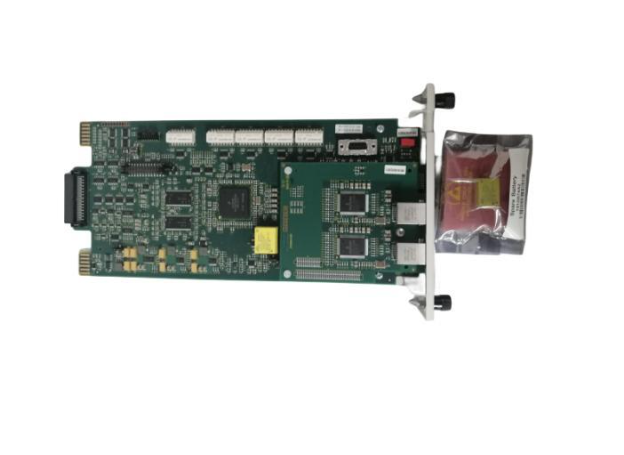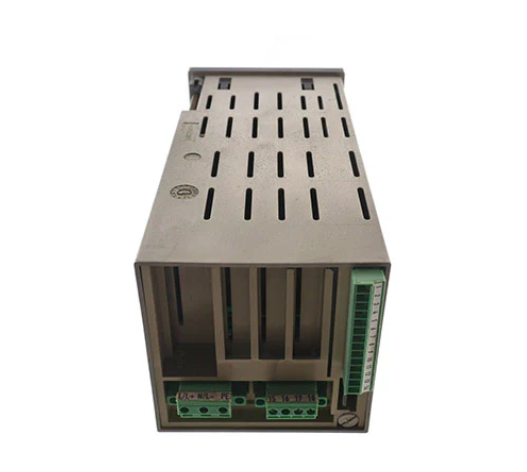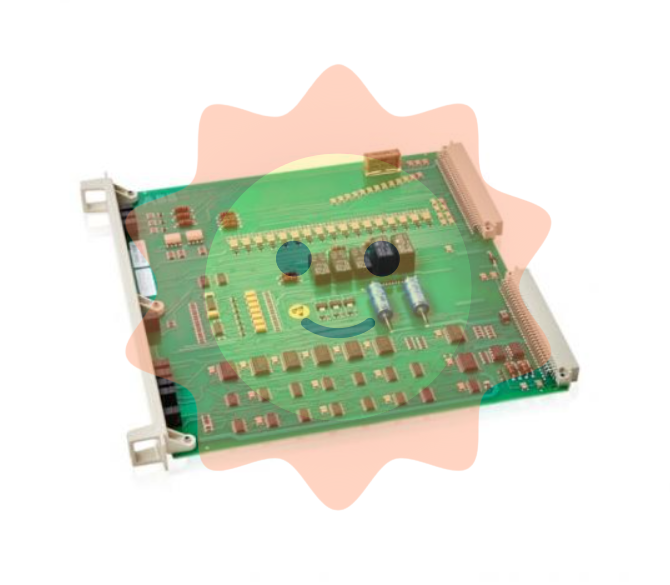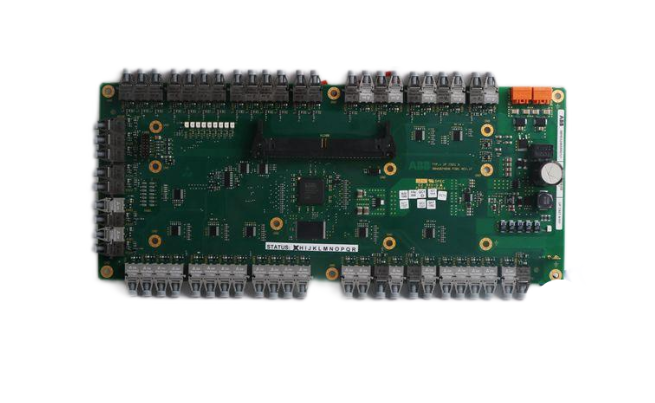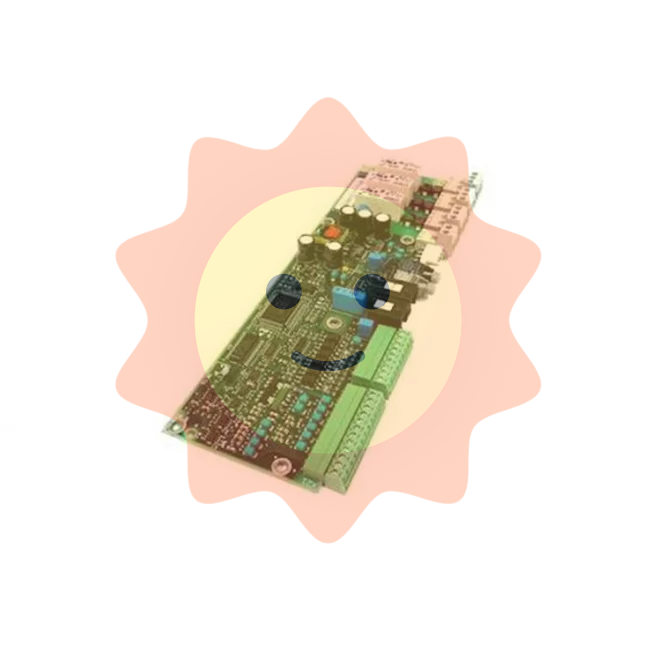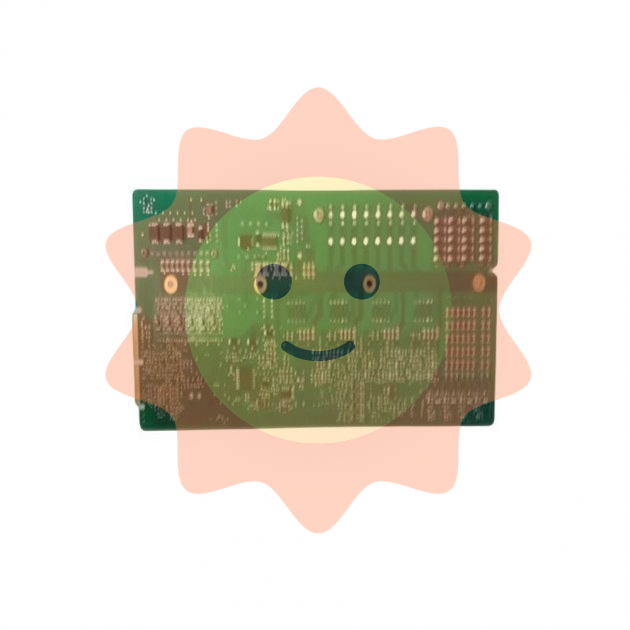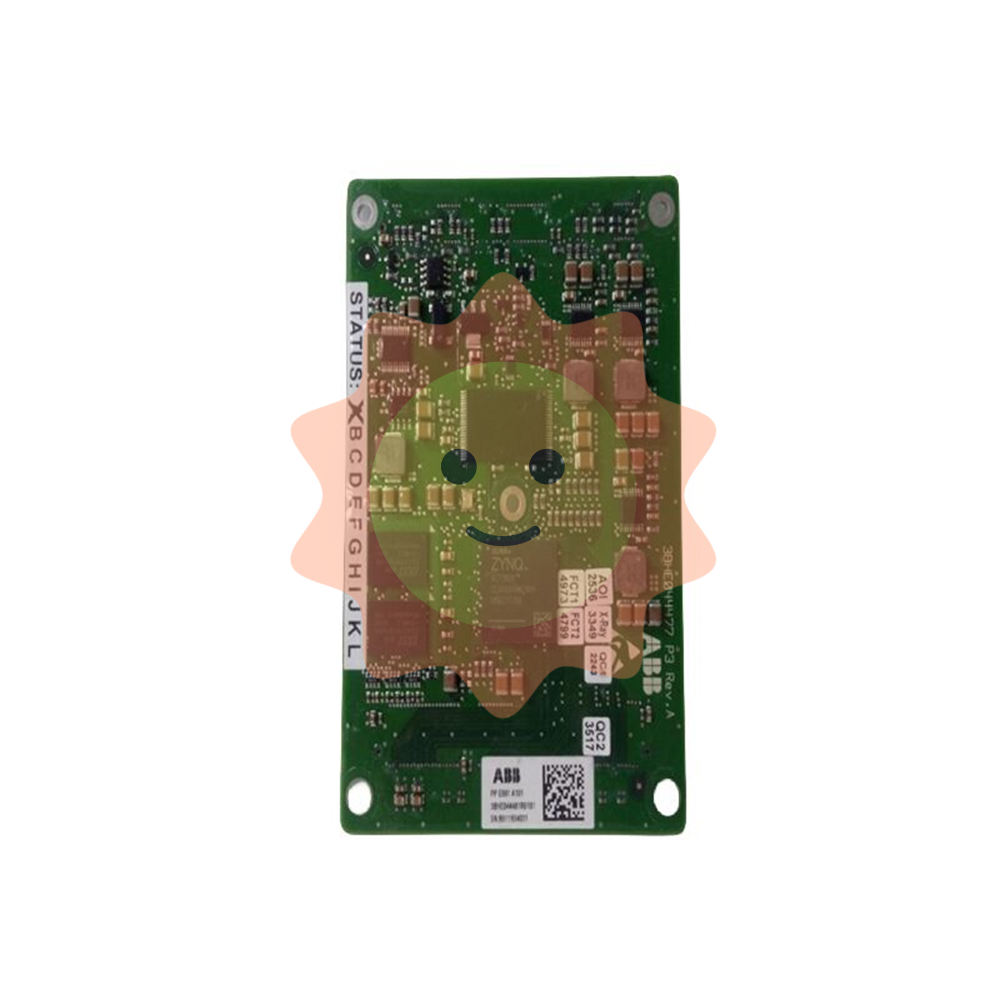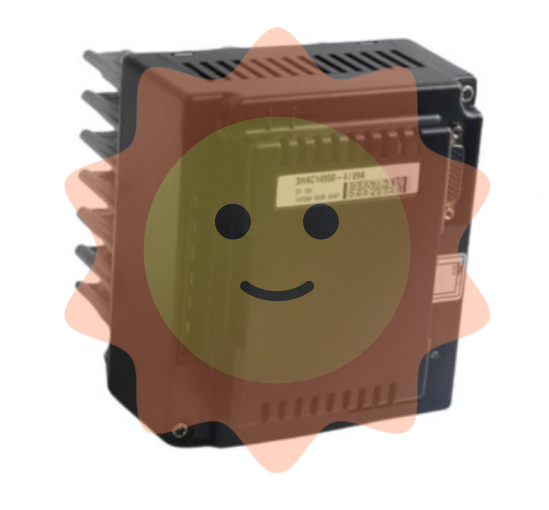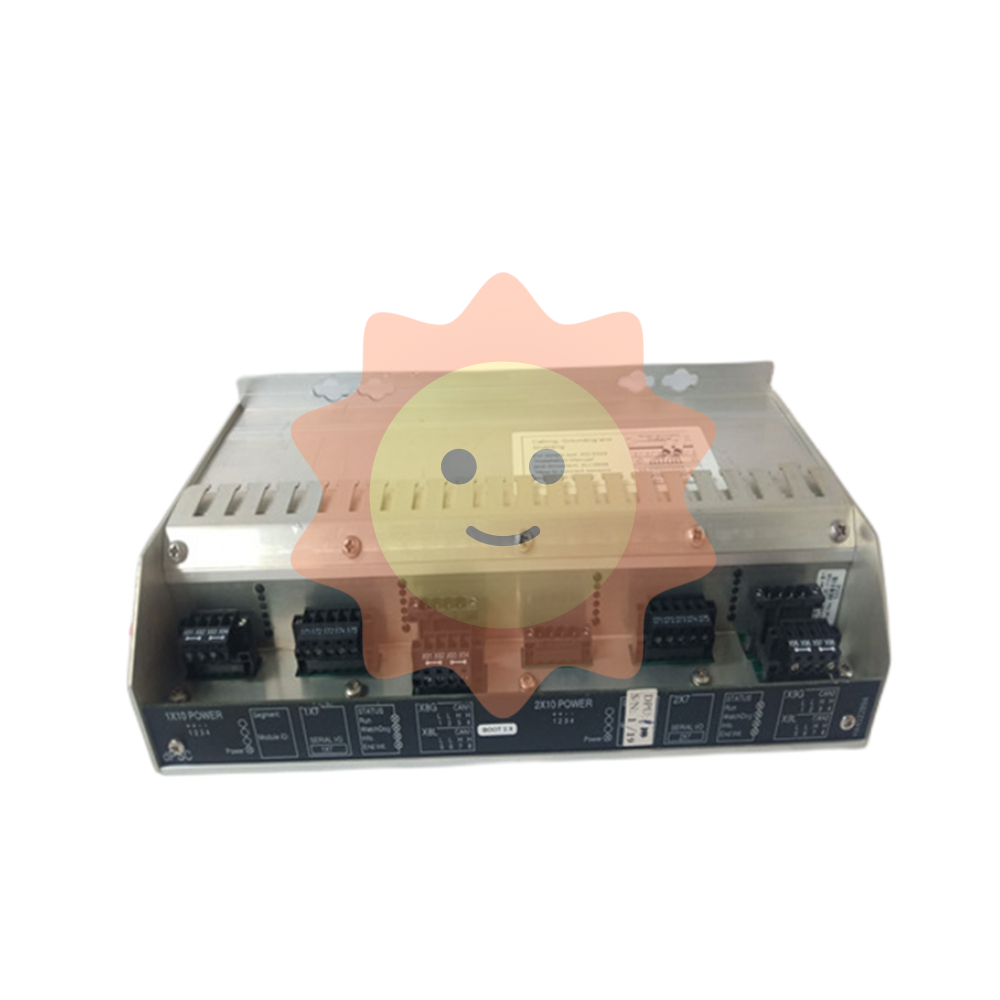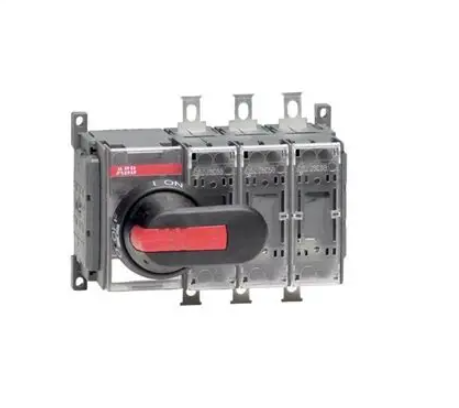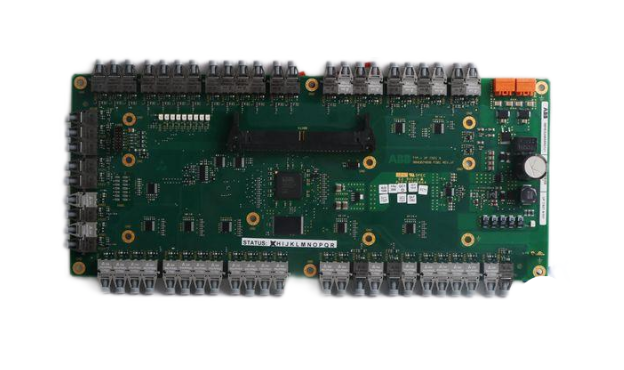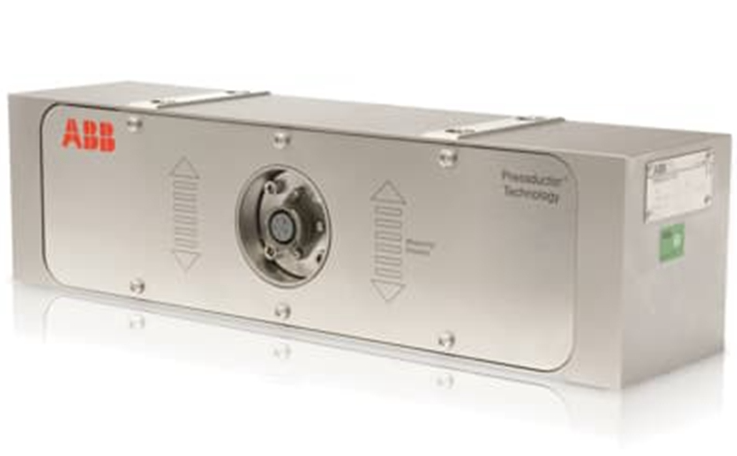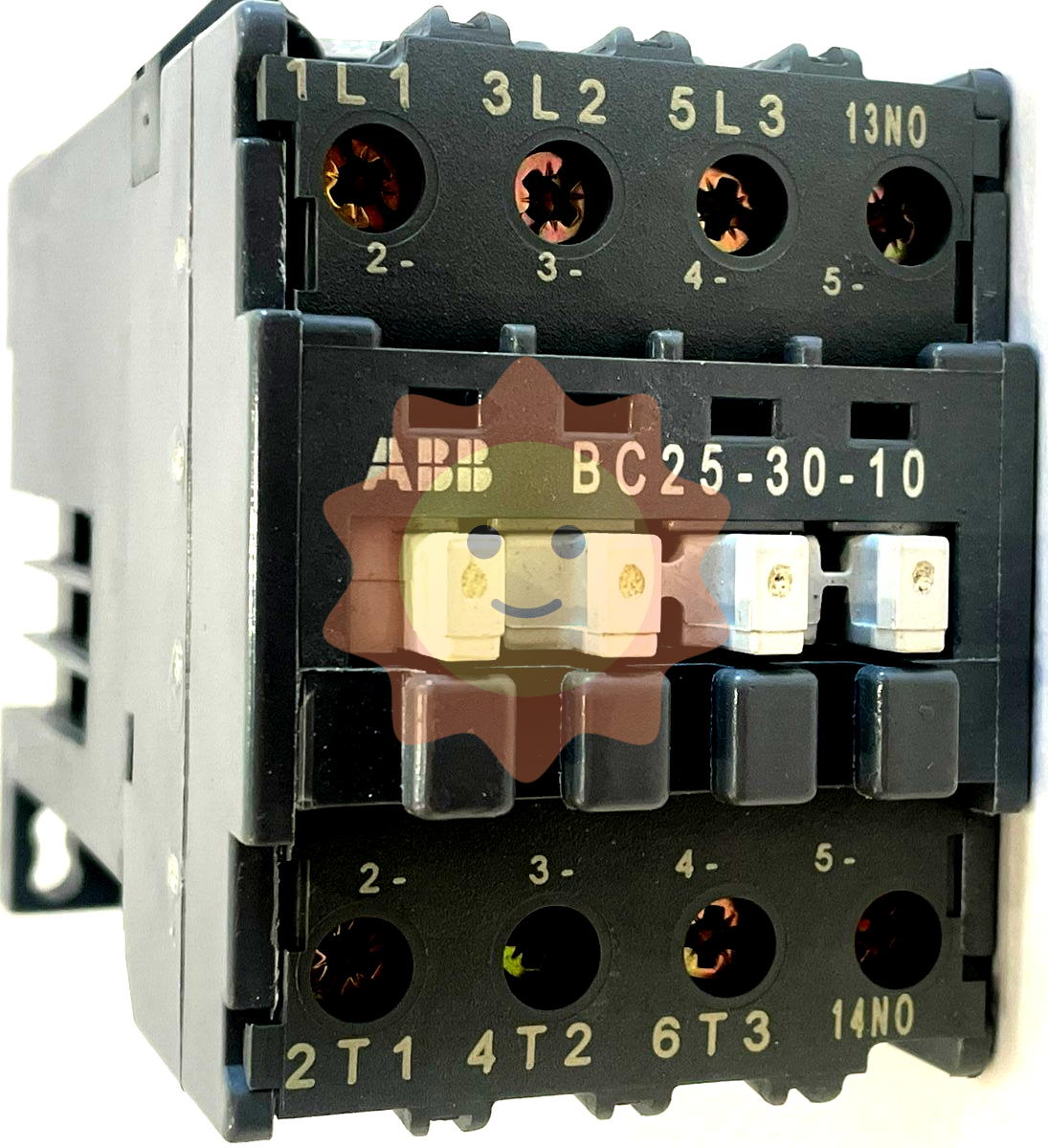Zygo Profilometer Standard Operating Procedure
Set the joystick speed to "medium speed" (X/Y/Z axis), and align the "region of interest (ROI)" with the objective lens by moving it along the X/Y axis;
Rotate the joystick to control the Z-axis (clockwise: Z-axis rises away from the sample; Counter clockwise: Z-axis descends towards the sample), observe the video window, and when the sample starts to focus, switch the joystick speed to "low speed" to avoid collision.
Step 3: Adjustment of light intensity and interference fringes
Click on the "Light Level Adjust" icon to automatically adjust the light intensity, ensuring that the indicator light is green (appropriate light intensity);
Continue to fine tune the Z-axis until the video window clearly displays the sample structure, while observing the "interference fringes" (some samples need to switch to alignment mode to assist in focusing, and after focusing, switch back to acquisition mode).
Step 4: Measure Recipe Creation
Scanning length setting: slightly larger than the sample step height (if the sample has a large step, the Z-axis height of the "top" and "bottom" should be recorded separately to ensure that the scanning range covers the complete features);
Scan starting point selection:
Top: Scan down from the current position to set the length;
Center: First move up half of the scanning length, and then scan down the entire length;
Bottom ": First move the entire scan length upwards, then scan downwards.
Step 5: Start measurement
Confirm the final light intensity (ensuring that the top/bottom light intensity indicator lights of the sample are mainly green) and focus status, and start scanning through the formula interface or the "Start Acquire F2" icon;
After scanning is completed, the data is automatically displayed in the "Map Window" (2D/3D map) and "Report/Drawing Window" (profile).
2. Measurement data analysis process (Section 6.2)
After the scanning is completed, the data needs to be corrected and quantitatively analyzed. The core steps are as follows:
Step 1: Data validity verification
Use the "2D/3D Display Tool" in the "Map Window" to check if the sample image meets expectations. If it is blurry/missing, adjust the light intensity and focus again before re capturing.
Step 2: Tilt Correction (Level Map)
Select the "known flat area" on the sample, click the "Level Map" tool, draw a box/circle to cover the area, click "Remove" to remove the tilt, and ensure the accuracy of the step height measurement reference.
Step 3: Region enlargement and size measurement
Region zoom in: Use the "Extract Map Tool" to draw a box in the map window and zoom in on the area of interest (to cancel zoom in, left click on any position in the window);
Size measurement: Click on "Dimension Tool" and the map window will display a ruler. Move the ruler to measure the characteristic dimensions of the sample (such as microstructure diameter and spacing).
Step 4: Profile analysis (key step)
Retrieve Profile: Right click on "Show Profile Tool" in the map window, place the Profile Bar, and the area between the blue markers at both ends of the line will be displayed in the "Report/Plot Window";
Section correction: Right click on "Level Using Leveling Tool" in the drawing window, adjust the position of the yellow dashed box to achieve section tilt correction, and then right-click "Turn Leveling Off" after completion;
Quantitative measurement:
Step height: Right click on "Show Tag Tool", move the purple cursor to both sides of the step, and the height difference will be displayed on the right side;
Step width: Right click on "Show Caliper" and place a caliper to measure the width;
Axis range adjustment: Drag the Y-axis triangle marker to zoom in and out of the height range to display details clearly.
3. Data saving and operation closure (Sections 6.3-6.4)
Data saving: Right click "Save As" in the map/drawing window and export the data to a USB flash drive in JPG format (storage on the system computer is prohibited);
Closing operation:
Drive the stage to the "Load Position" and use tweezers to remove the sample;
Close the ZeMaps software, disable the motor, and ensure that the device is in a safe standby state.
Data Example
The document provides a measurement case of silicon-based etching "Donut" structure:
Map window (2D/3D): displays the overall morphology of the circular etching area, annotates key parameters (such as Spv=76.876 μ m, Sq=35.808 μ m, which are the maximum peak height and root mean square height, respectively);
Profile window: displays the height contour at the profile line, has completed tilt correction, and the blue mark corresponds to the measurement range of the map window profile line. The step height and width can be read.
Summary of core precautions
Data storage: If the system computer is not connected to the internet and does not store user data for a long time, it is necessary to export measurement results in a timely manner via USB;
- EMERSON
- Honeywell
- CTI
- Rolls-Royce
- General Electric
- Woodward
- Yaskawa
- xYCOM
- Motorola
- Siemens
- Rockwell
- ABB
- B&R
- HIMA
- Construction site
- electricity
- Automobile market
- PLC
- DCS
- Motor drivers
- VSD
- Implications
- cement
- CO2
- CEM
- methane
- Artificial intelligence
- Titanic
- Solar energy
- Hydrogen fuel cell
- Hydrogen and fuel cells
- Hydrogen and oxygen fuel cells
- tyre
- Chemical fiber
- dynamo
- corpuscle
- Pulp and paper
- printing
- fossil
- FANUC
- Food and beverage
- Life science
- Sewage treatment
- Personal care
- electricity
- boats
- infrastructure
- Automobile industry
- metallurgy
- Nuclear power generation
- Geothermal power generation
- Water and wastewater
- Infrastructure construction
- Mine hazard
- steel
- papermaking
- Natural gas industry
- Infrastructure construction
- Power and energy
- Rubber and plastic
- Renewable energy
- pharmacy
- mining
- Plastic industry
- Schneider
- Kongsberg
- NI
- Wind energy
- International petroleum
- International new energy network
- gas
- WATLOW
- ProSoft
- SEW
- wind
- ADVANCED
- Reliance
- YOKOGAWA
- TRICONEX
- FOXBORO
- METSO
- MAN
- Advantest
- ADVANCED
- ALSTOM
- Control Wave
- AB
- AMAT
- STUDER
- KONGSBERG
- MOTOROLA
- DANAHER MOTION
- Bently
- Galil
- EATON
- MOLEX
- Triconex
- DEIF
- B&W
- ZYGO
- Aerotech
- DANFOSS
- KOLLMORGEN
- Beijer
- Endress+Hauser
- MOOG
- KB
- Moxa
- Rexroth


Email:wang@kongjiangauto.com




























































